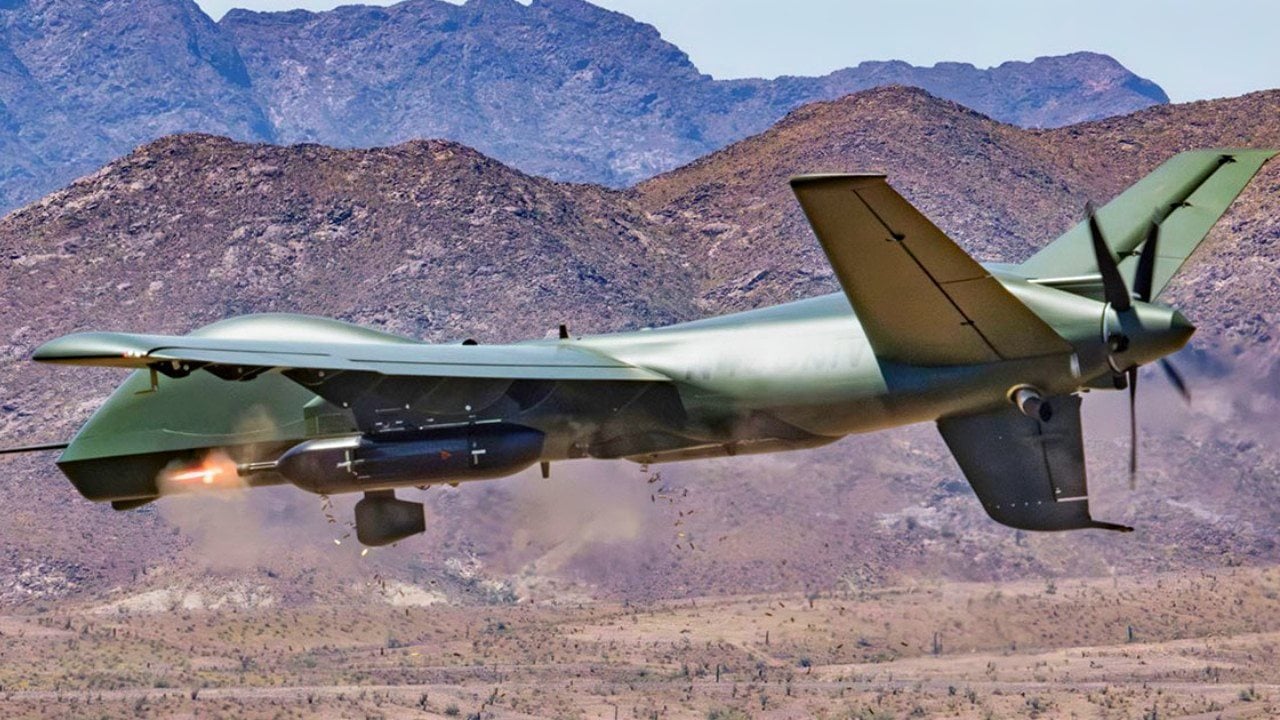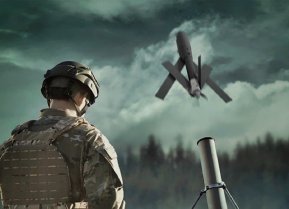Drones Are Destroying Everything In Ukraine: War Will Never Be the Same
Drones have dramatically transformed modern warfare, as seen in the ongoing conflict in Ukraine. Ryan Gury, CEO of Performance Drone Works, highlights how small drones have become essential in combat, enabling precise strikes and reducing the need for large troop deployments.
Summary and Key Points: Drones have dramatically transformed modern warfare, as seen in the ongoing conflict in Ukraine. Ryan Gury, CEO of Performance Drone Works, highlights how small drones have become essential in combat, enabling precise strikes and reducing the need for large troop deployments.

Drone Wars: Both Ukraine and Russia are engaged in a technological cat-and-mouse game, with electronic warfare, including jamming, playing a significant role. The integration of artificial intelligence and autonomy in drones is seen as crucial to overcoming these challenges.
What Happens Next?: However, Gury emphasizes the need for further development of drone doctrines and strategies to address near-peer threats effectively.
Drone Expert Offers Insight Into the Game-Changing Technology
Drones in Ukraine have sunk warships, destroyed tanks, and earlier this month took down an attack helicopter. The attack of the drones is in full swing, and if the fighting in Ukraine is any indication, these unmanned platforms will change the battlefield for good.
"Small drones in particular have changed warfare permanently, because it allows a single unit to deploy their own air support," explained Ryan Gury, co-founder and CEO of Performance Drone Works (PDW), a drone technology company developing small robotics for military and government operations.
"Gone are the days of the soldier calling for fire to drop a couple of bombs on a target around their position," Gury told The National Interest in an exclusive interview. "The dispersed capabilities of small drones allow forces to conduct coordinated and precise strikes, monitor vast areas, and adapt quickly to changing conditions."
Fewer Boots on the Ground
Drones have been a force multiplier for Kyiv, which simply lacks Russia’s manpower. They have not entirely leveled the playing field, but by using drones Ukraine can do much more with much less.

"Ukrainian use of small drones has made them standard kit, with 30%-40% reduction of humans on the frontline," Gury said.
But Russia also uses drones. The two sides work hard to counter the other's unmanned systems, and now Kyiv is looking to counter the countering.
"The cat and mouse game is causing fast iteration at remarkable speeds on the front line. We need solutions for jamming and tactical radio environments," explained Gury. "Electronic warfare is rampant: GPS is currently jammed from Norway to the Baltics to the Middle East. We see wide spectrum jamming all along the front lines."
Tactical radios have been developed to overcome jamming, including the PDW/SOCOM Blackwave project, but these are not a perfect solution.
"Radios will be used sparingly, as one can be quickly located by the enemy while in use," Gury said.
Enter the AI
Drone technology might converge with the latest developments in artificial intelligence and machine learning, and that could further overcome the issue of jamming.
"Autonomy will be required to deliver missions where jamming is widespread – completion of parts of the mission where radios are off, coming online when a human is in the loop," Gury said.
There are still concerns about leaving too much control to the machines, lest stories from science fiction become self-fulfilling prophecies. But the fact remains that the use of drones could help keep soldiers out of harm's way.
Drone Doctrine Needs to be Refined
The U.S. military is still in the early stages of developing not only drones, but a drone doctrine. Endeavors could include loyal wingmen that will support future manned fighters and small vessels that could protect larger manned warships at sea.
Gury told The National Interest that we are still in the early phases, but are already seeing expected changes.
"Almost all branches of defense are working to incorporate many vehicles for funding (MRR, LRR, SRR) along with more funding on our program lines," said Gury. "We need to study the cat and mouse game and work toward what will work for near-peer threats."
Author Experience and Expertise: Peter Suciu
Peter Suciu is a Michigan-based writer and regular National Interest writer. He has contributed to more than four dozen magazines, newspapers, and websites with over 3,200 published pieces over a twenty-year career in journalism. He regularly writes about military hardware, firearms history, cybersecurity, politics, and international affairs. Peter is also a Contributing Writer for Forbes and Clearance Jobs. You can follow him on Twitter: @PeterSuciu. You can email the author: [email protected].


